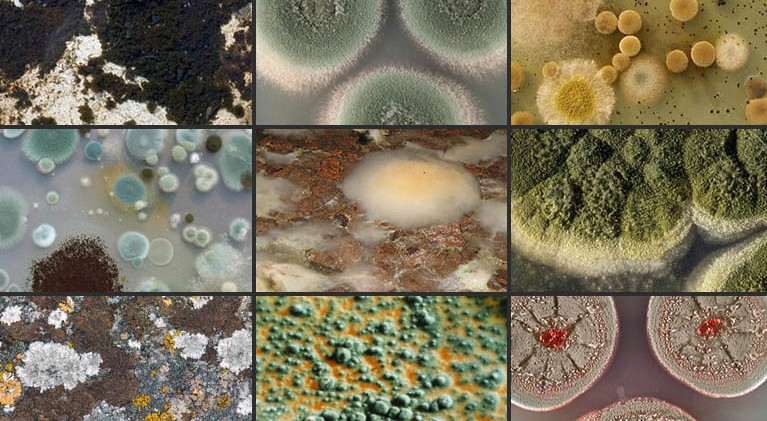
Mold growth poses the biggest threat to the health of your family and if you discover it taking up residence you’ll need to take steps to eradicate it. It comes in all shapes, sizes and colors of the spectrum and identifying what type is the first step before you proceed. Calgary Water & Flood has listed below is a description and areas each type can typically be found in your home.
Aspergillus
Aspergillus likes to grow on food as well as home air conditioning systems and is fairly allergenic.
Cladosporium
Easily recognizable this black or a green “pepper like “ substance and favors the back of toilets, painted surfaces and fiberglass air ducts. Although non toxic to humans it can trigger common allergy symptoms such as red, watery eyes and a sore throat.
Stachybotrys atra
Commonly known as “black mold” it grows on any material with a high cellulose and low nitrogen content. For example fiberboard, gypsum board, paper, dust and lint any area of the home subject to excess humidity, water leaks or condensation is prime growth areas. Black mold releases spores as it feeds on these organic materials such as drywall, carpets, insulation and sub floors exposed to moisture. Exposure to black mold and black mold poison causes many symptoms and health effects so understanding the indicators can keep you and your family safe. Symptoms are chronic cough and sneezing, irritation of the eyes or mucous membranes of the nose and throat. Chronic fatigue and persistent headaches may also indicate exposure to stachybotrys. Prolonged exposure results in nausea, vomiting and bleeding of the lung and/or nose.
Mold that appears to be red or orange in color is typically found outdoors on decaying plants or moist wood surfaces. Slimy in appearance it is harmless however you may wish to remove it for aesthetic reasons.
Typically any white mold can’t be classified and likely is a mold growth in the early stages so easily treated.
Fortunately most molds are non toxic, however it’s easy to spot with it’s unsightly appearance and unpleasant odor. Regularly inspecting the most common areas for mold growth to ensure there are no leaks or other sources of moisture will keep mold from invading your home.
Homeowners can safely remove most non toxic molds themselves unless the area is larger than 10 square meters. Black mold removal due to the danger it poses should only be removed by experienced remediation companies. To test for black mold you have two options, you can purchase a kit and do it yourself or opt for professional testing.
Contact Calgary Water & Flood and their Calgary mold removal service.

